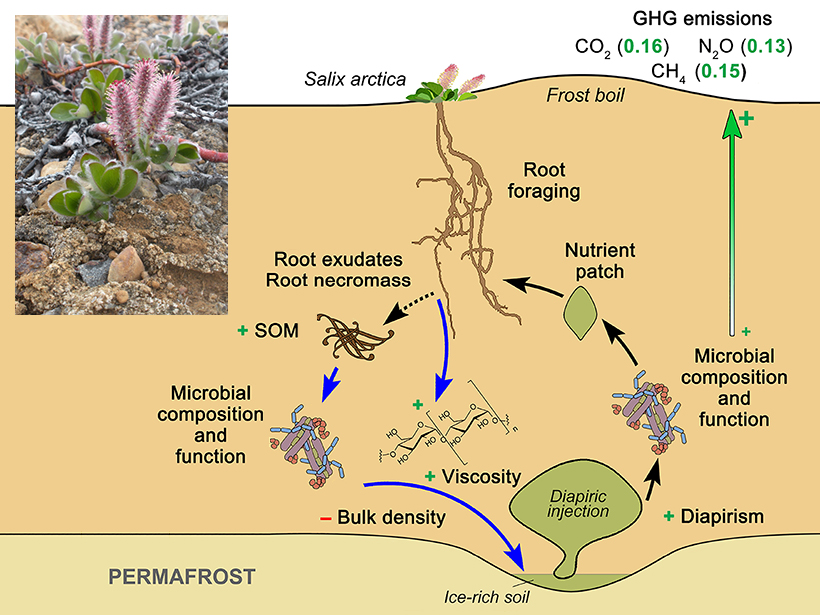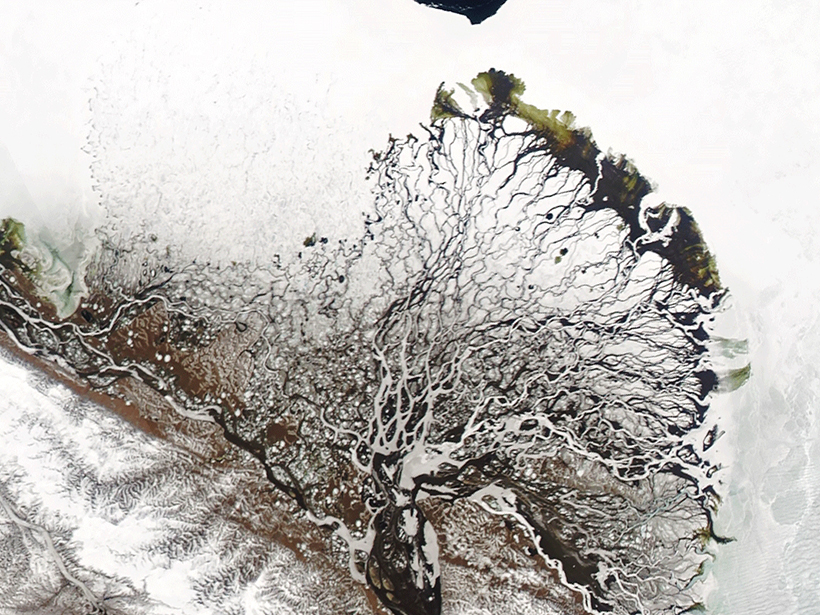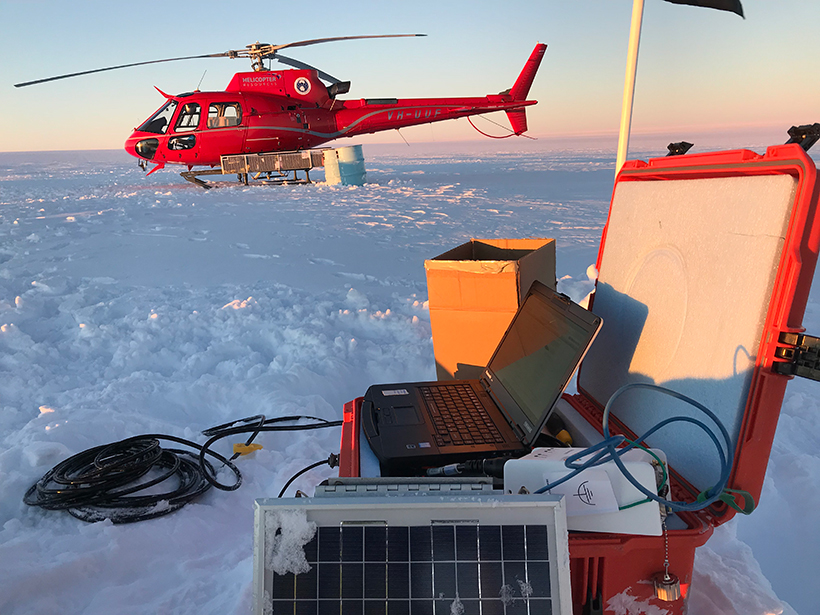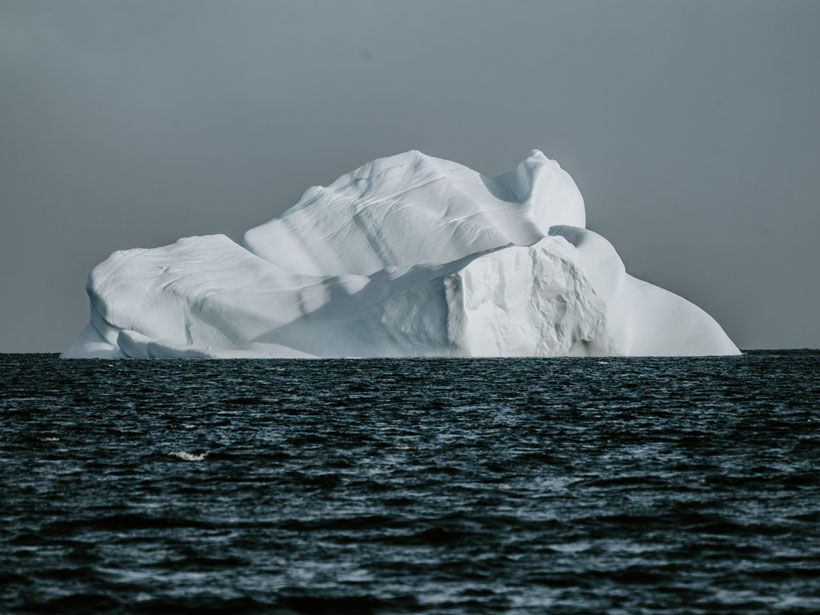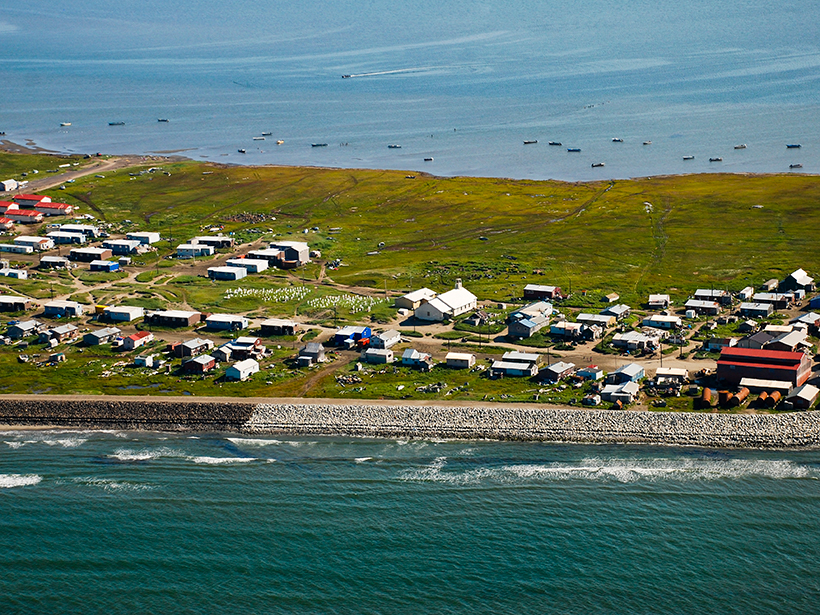Samples from two waterways in northern Siberia—the main stem of the Kolyma River and a headwater stream in the river’s watershed—indicate the differing sources and ages of carbon they contain.
Arctic
Floating Patches of Soil Nutrients in Soil Help Explain Arctic Thawing
Nutrient-rich diapirs have a complex relationship with soil microbes and play an important role in carbon and nitrogen nutrient cycling, making them crucial for understanding feedbacks in the Arctic.
Reindeer Could Trample Permafrost Thaw
Thick, fluffy snow traps summer’s heat in the top layers of Arctic permafrost even as winter chills the air above. Grazing animals stomp that snow flat.
River Deltas at the Top of the World
The water that filters through river deltas has a large effect on the Arctic Ocean. A new study explores factors that shape Arctic river deltas and how delta form in turn changes water flow.
A Shared Resource for Studying Extreme Polar Environments
A new community pool of seismic instrumentation will facilitate and advance geologic and cryospheric research in Earth’s ice-covered environments.
Climate Change Is Intensifying Arctic Ocean Currents
Melting ice means that strong Arctic winds create more energetic currents in the Beaufort Gyre.
Helping Alaskan Communities Facing Climate Risks
Scientists examine how best to use science to help communities respond to rapid climate change in the Arctic.
Insights from Space: Satellite Observations of Arctic Change
New satellite instruments and data, plus a more comprehensive observing network, are key to increasing our understanding of past and future change in the Arctic Boreal Zone.
Using Satellites and Supercomputers to Track Arctic Volcanoes
New data sets from the ArcticDEM project help scientists track elevation changes from natural hazards like volcanoes and landslides before, during, and long after the events.
Reconstructing 150 Million Years of Arctic Ocean Climate
A new summary of past Arctic climate conditions gives insight into anthropogenic influences on today’s climate and on the need for future drilling studies to further improve our understanding of the past.


